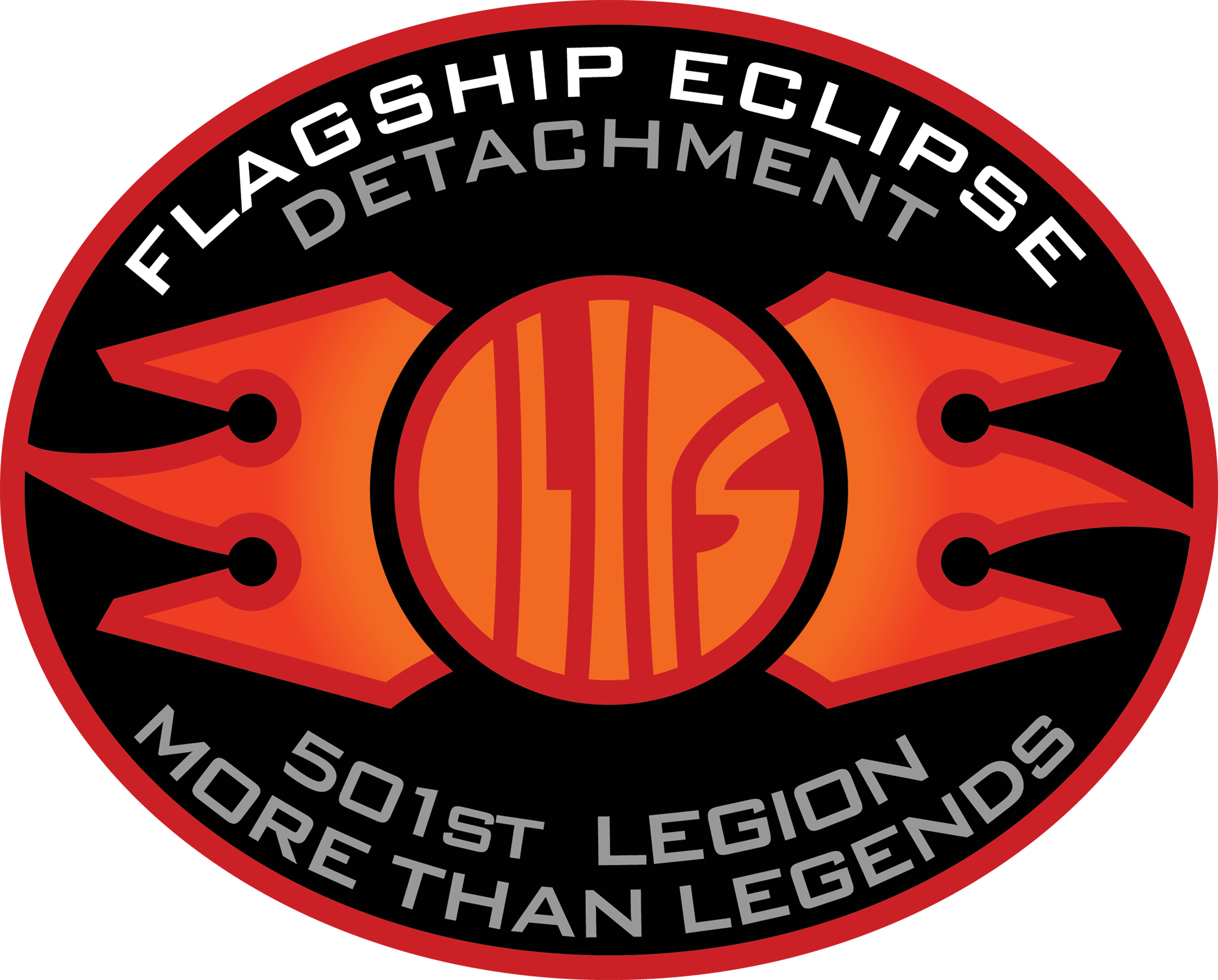
Controversy over Sinners relinquishing its IMAX screens to Thunderbolts* after just two weeks reflects just how sought-after those particular auditoriums are in the modern cinema landscape. So many blockbusters and even indie dramas like The Brutalist get shown in the IMAX format. Audiences love showing up for productions projected in IMAX since they know they’ll get their money’s worth in terms of spectacle, while filmmakers love shooting with IMAX cameras since they offer such vivid visual possibilities.
Today, it’s common for the latest thriller or animated family movie to simultaneously drop in IMAX locations and general multiplexes. But as late as 2002, that practice was unheard of. It took one unexpected Walt Disney Animation Studios title to change that and forever cement a new exhibition standard. Treasure Planet, despite its infamously horrific box office haul, changed cinema forever with its initial IMAX release.
How Did Treasure Planet Change IMAX History?

Documentaries and films made exclusively for IMAX auditoriums have existed since 1970, but the scarcity of screens, cumbersome nature of IMAX cameras, and technological limitations meaning films projected on IMAX couldn’t last more than 120 minutes (among other issues) initially made it seem like a non-starter to have traditional narrative films projected in IMAX. As the 21st century dawned, though, Fantasia 2000 dropped first in IMAX theaters on January 1, 2000, before a general theatrical release five months later. A precedent had been set for IMAX screens housing mainstream movies.
Initially, major studios dipped their toes into this format by just re-releasing older movies like Beauty and the Beast, The Lion King, and Apollo 13 in IMAX. Star Wars: Attack of the Clones did get an IMAX release the same year of its release, however, it came about six months after its May 2002 debut. Just a few weeks after that Clones IMAX run, Treasure Planet made history as the first American narrative film to open simultaneously in IMAX and general release theaters. A common practice today was a historic accomplishment circa. Thanksgiving 2002.
This release strategy continued Disney’s commitment to the IMAX format following Fantasia 2000 and Beauty and the Beast. Former Walt Disney Pictures chief Dick Cook also remarked to Entertainment Weekly that an IMAX release could help Treasure Planet stand out against a deluge of holiday season 2002 family movies like Harry Potter and the Chamber of Secrets. Cook also remarked that Planet directors Ron Clements and John Musker didn’t design Planet for IMAX from the start but rather had to work with the format in roughly the last 15 months of production.
[RELATED: Sinners Re-Releasing in 70mm IMAX Due to Fan Demand: See the List of Theaters]
Clements and Musker may not have built Treasure Planet for those gargantuan IMAX screens, but this sci-fi animated film made history in that format anyway. Entertainment Weekly estimated that Treasure Planet played in roughly 40 IMAX theaters over Thanksgiving 2002, though this groundbreaking release move didn’t help Planet much at the box office.
A Box Office Flop That Changed The Film Industry

Today, Treasure Planet has cultivated enough of an immense cult following to be known for far more than its historically dreary box office haul. However, its box office run still looms large over Planet’s legacy, with this title only grossing roughly $36 million domestically in its theatrical run. One of the worst performances for a modern Walt Disney Animation Studios title, Treasure Planet’s financial performance inspired both a gigantic write-down from Disney and the discontinuation of hand-drawn animation at the Mouse House.
In these respects, Planet’s legacy is a dreary one. However, its cult following has tremendously improved the film’s reputation. Meanwhile, its legacy as an IMAX release is enormously important. Even if it flopped, Treasure Planet proved a mainstream theatrical release could drop simultaneously in general multiplex and IMAX auditoriums. A year later, The Matrix Revolutions would also deploy this release strategy. By 2006, it was becoming increasingly common for titles like Superman Returns and Night at the Museum to have simultaneous IMAX launches.
Treasure Planet was also part of an early tight relationship between Disney and IMAX that continues to this day with titles like Thunderbolts*, The Fantastic Four: First Steps, and Tron: Ares. All the joyous moviegoing memories people have cultivated, experiencing certain features in IMAX wouldn’t have been possible without Treasure Planet’s trailblazing release strategy. Sure, it might have lost money in its initial theatrical run. However, Treasure Planet’s importance in the history of IMAX exhibition shows that its legacy isn’t just boiled down to dollars and cents.
Treasure Planet is now streaming on Disney+.
The post This Disney Animated Movie Was A Box Office Bomb That Made IMAX History appeared first on ComicBook.com.

